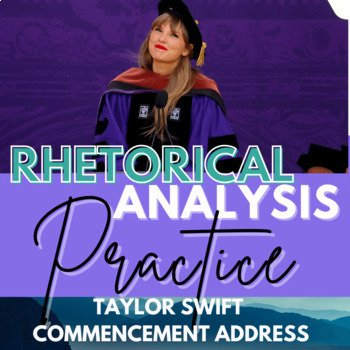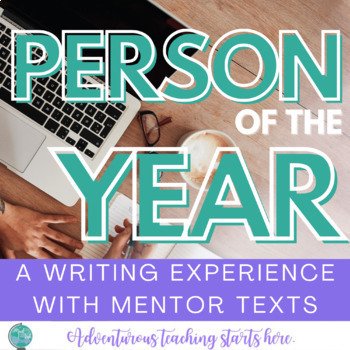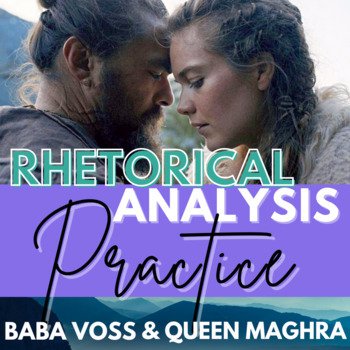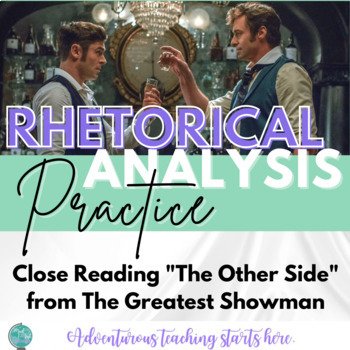Cultivating Critical Thinkers: My Approach to Teaching Literature
Cultivating Critical Thinkers: My Approach to Teaching Literature
As an educator, I've always been passionate about instilling critical thinking skills in my students. It's a topic that I recently had the opportunity to reflect on during a professional development session, and I want to share with you the insights and strategies that I believe are essential for deep engagement in the classroom.
Challenging the Status Quo
During a recent PD session, I found myself in a bit of a controversial spot. I questioned a fellow teacher's approach to curriculum, which led to a broader discussion about our roles as educators. It's crucial for us to think like our students and to prioritize deep critical thinking over simply entertaining them. We need to focus on developing skills that lead to deeper critical thinking and provide opportunities for students to engage authentically with the material.
Teaching Literature Beyond Comprehension
When it comes to teaching literature, my approach might be a little unconventional. I steer clear of recall-based or plot-based activities. Instead, I encourage students to seek out summaries on their own and focus on the bigger issues at hand. It's about letting go of the minor details and teaching students to read for big picture connections. Comprehension is important, but it shouldn't be the primary focus. We should be guiding our students to think critically about broader themes and societal issues.
The Power of Close Reading
Close reading is a significant part of my teaching strategy. It's not about getting through an entire novel; it's about diving deep into passages and analyzing them. This mirrors adult book club discussions where despite different levels of recall, everyone can contribute meaningfully to the conversation. Close reading fosters a collective understanding of the text and teaches students valuable rhetorical and literary analysis skills.
Pairing Texts and Media for Enhanced Engagement
I'm a big advocate for pairing contrasting texts and media to stimulate critical thinking. For instance, combining literature with podcasts or other media that address relevant societal issues can create a dynamic learning environment. This approach encourages students to engage critically with the material and see the connections between the text and the world around them.
Visuals and Hands-On Activities
Incorporating visuals and hands-on activities is another way to enhance metaphorical thinking and create moments for critical thinking in the classroom. These methods help students to visualize and interact with the concepts in a tangible way, further deepening their understanding and engagement.
Conclusion: Prioritizing Deep Engagement
My approach to teaching literature and critical thinking is all about prioritizing deep engagement, critical analysis, and real-world connections. It's about cultivating students' ability to think critically about the world around them. As educators, we have the power to shape how our students perceive and interact with the world, and it's our responsibility to equip them with the skills they need to navigate it thoughtfully and analytically.
In the end, the goal is not just to teach literature but to foster a generation of thinkers who can analyze, question, and contribute to society in meaningful ways.



















